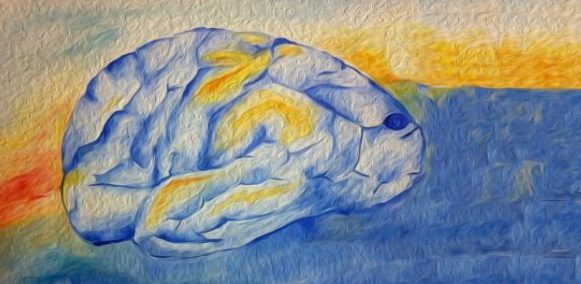Theoretical neuroscience
Theory of spike initiation, sensory systems, autonomous behavior, epistemology
Editor Romain Brette
A framework for testing and comparing binaural models (2018)
Mathias Dietz, Jean-Hugues Lestang, Piotr Majdak, Richard M. Stern, Torsten Marquardt, Stephan D. Ewert, William M. Hartmann, Dan F.M. Goodman
2 comments on PubPeer PubMed: 29208336 DOI: 10.1016/j.heares.2017.11.010
This paper introduces an open computational framework (on github) to test binaural models on empirical data. This is a very valuable initiative as many models have been developed but it is very difficult currently to compare them, in particular because they are written with different languages. The idea of the framework is to use a file-based approach: the model is expected to read a stereo wave file and output a response (which can be a decision or spike trains, for example). The rest is handled by the framework. The code seems to be in its infancy and there are not many data sets, but hopefully this will grow. I would like in particular to see more ecological sets, eg with natural binaural signals and an absolute localization task.
There is also a valuable review of binaural models. I have a few remarks on some points of the review. In the open questions, it is written that there are binaural neurons that respond at non-zero ITDs and that this is challenging to some models. I believe the authors meant that there are more neurons that respond at non-zero ITDs than at zero ITDs; in all models, there are neurons that respond at non-zero ITDs. When introducing hemispheric rate difference models, the authors cite van Bergeijk (1962) and von Békésy (1930); these two citations are indeed always cited in this context. But it is actually wrong, because those models are quite different from the hemispheric model. One similarity is that the number of active neurons is counted (instead of picking the most active one), but this is done on top of a delay-line model, with heterogeneous delays covering the physiological range – so in reality quite close to the Jeffress model. The discussion of the interaural group delay seems to have missed our work on this topic: 1) Bénichoux V, Rébillat M, Brette R (2016). On the variation of interaural time differences with frequency, where we explain how this produces an additional cue for realistic binaural signals, and most importantly 2) Bénichoux V, Fontaine B, Karino S, Franken TP, Joris PX, Brette R (2015). Neural tuning matches frequency-dependent time differences between the ears, where we explain how coincidence detection between mismatched places on the two cochleae produces selectivity for a specic interaural group delay (or envelope ITD).
I am looking forward to seeing more data integrated into this framework.
